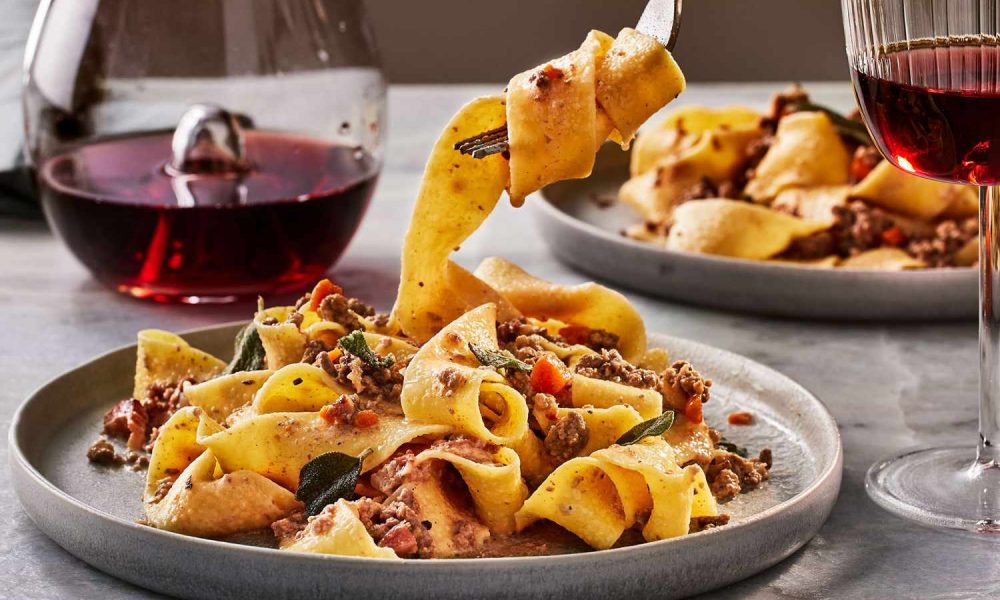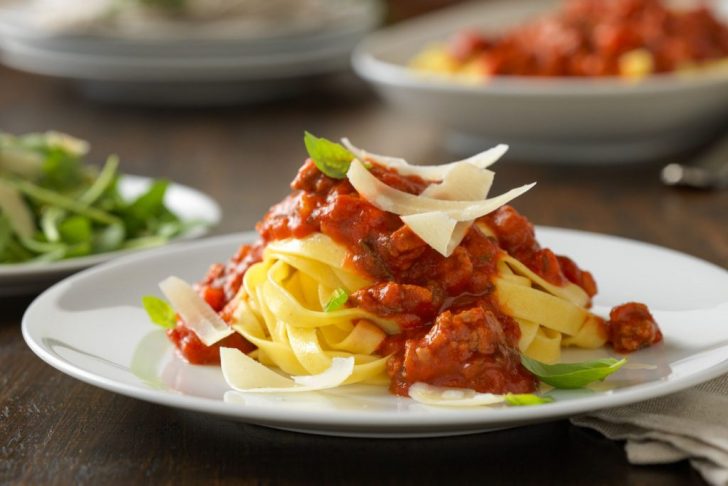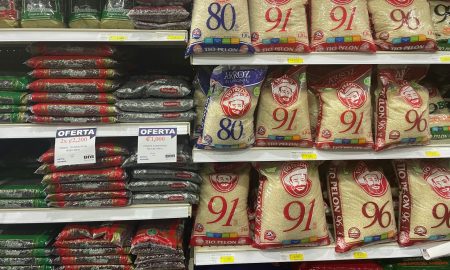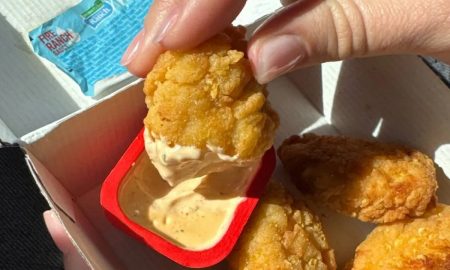
Easy-to-Follow Steps to Make Pappardelle Pasta at Home

Making pappardelle pasta at home is a rewarding culinary experience that brings the taste of Italy into your kitchen. Pappardelle, a wide, ribbon-like pasta, is known for its hearty texture and ability to soak up rich sauces.
While it might seem daunting to make from scratch, with a little patience and the right technique, you can create this delicious pasta at home. Here is how you do it:
With its broad, flat shape, Pappardelle pasta is a versatile and beloved staple in Italian cuisine. Making it at home allows you to enjoy fresher, more flavorful pasta than store-bought options. Fresh pappardelle absorbs sauces beautifully, creating a more cohesive and satisfying dish. Plus, homemade pasta is free from preservatives and additives, giving you control over what goes into your meal.
What You Will Need to Make Pappardelle Pasta at Home?
Before diving into the process of making pappardelle pasta, it is important to gather all the necessary ingredients and tools. Here’s what you will need:
- 2 cups of all-purpose flour
- 3 large eggs
- A pinch of salt
- A splash of olive oil (optional)

Guides / All-purpose flour and eggs are the key ingredients you will need to make your homemade Pappardelle pasta.
These ingredients are simple. But they form the basis of a dough that is easy to work with and rich in flavor. You can experiment with different types of flour, such as semolina or whole wheat, to vary the texture and taste of your pasta. The olive oil is optional, but it can add a subtle richness to the dough.
Make the Dough for Pappardelle Pasta
The first step in making pappardelle pasta is to create the dough. Start by placing the flour on your work surface and forming a well in the center. Crack the eggs into the well and add a pinch of salt. Using a fork, gently whisk the eggs, gradually incorporating the flour from the edges of the well. Continue mixing until a dough starts to form.
Knead the dough with your hands for about 10 minutes, or until it becomes smooth and elastic. If the dough feels too dry, add a little water. If it is too sticky, sprinkle in some more flour. Kneading is an essential step that develops the gluten. It gives the pasta its chewy texture.

SBS / After the dough has rested, roll it out. If you are using a pasta machine, start on the widest setting and gradually work your way down to the desired thickness.
Once the dough is ready, wrap it in plastic wrap and let it rest for at least 30 minutes. This rest period allows the gluten to relax, making the dough easier to roll out.
However, if you are rolling by hand, use a rolling pin to flatten the dough until it is about 1/8 inch thick. The thinner the dough, the more delicate your pasta will be. So, take your time with this step.
Cut and Shape Your Pappardelle Pasta
Now that your dough is rolled out, it is time to cut and shape your pasta. Lightly dust the dough with flour to prevent sticking, then fold it into thirds, like folding a letter. Using a sharp knife or pasta cutter, slice the dough into strips about ¾ to 1 inch wide. These wide ribbons are the hallmark of pappardelle pasta.
Once you cut the pasta, carefully unfold the strips and lay them out on a floured surface or a drying rack. If you are not cooking them immediately, you can allow the pasta to dry for a bit, which helps it hold its shape during cooking. Fresh pappardelle can be cooked right away, or it can be stored in the refrigerator for up to two days, or frozen for longer storage.
The beauty of pappardelle is its rustic charm. So, don’t worry if your strips are not perfectly uniform. The handmade look adds to the appeal of the final dish. Plus, the slightly uneven edges will catch more sauce, making each bite more flavorful. Viola! You are all set to enjoy your homemade pappardelle pasta.
More inFood Adventures
-
`
How Hazardous Food Packaging Chemicals Can Be Found in Humans
A startling new study has revealed that food packaging chemicals, found in materials like plastic wraps and containers, are present in...
October 4, 2024 -
`
What to Expect From Qatar Airways Business Class
Qatar Airways business class offers a luxurious experience for those seeking a comfortable and stylish flight. Travelers can expect a journey...
September 25, 2024 -
`
How to Deal with Gaslighting: 6 Effective Ways
Gaslighting is a manipulative tactic used to make a person doubt their own reality, memories, or perceptions. It can occur in...
September 21, 2024 -
`
Top 5 Things to Do in the Big Apple
New York City, often hailed as the “City That Never Sleeps,” offers an endless array of experiences. From towering skyscrapers to...
September 11, 2024 -
`
How Legally Binding Is a Lease?
How legally binding is a lease? Understanding how legally binding a lease is becomes crucial for landlords when considering rental agreements....
August 31, 2024 -
`
Top 5 Must-Try Dunkin’ Donuts Breakfast Foods
When you are on the go and need a quick yet satisfying breakfast, Dunkin’ Donuts is a favorite stop for many....
August 21, 2024 -
`
What Are the Top 6 Best Places to Raise Children in the U.S?
Choosing where to settle down and raise a family is one of the most significant decisions parents can make. Finding the...
August 17, 2024 -
`
Is Wearing a Hoodie a Sign of Depression?
Is wearing a hoodie a sign of depression? This question has crossed the minds of many concerned parents and friends. It...
August 9, 2024 -
`
Top 6 Things You Should Consider Buying When You Are in Japan
Traditional Japanese Tea Sets When thinking about what to buy in Japan, traditional Japanese tea sets top the list. These beautifully...
July 31, 2024















You must be logged in to post a comment Login